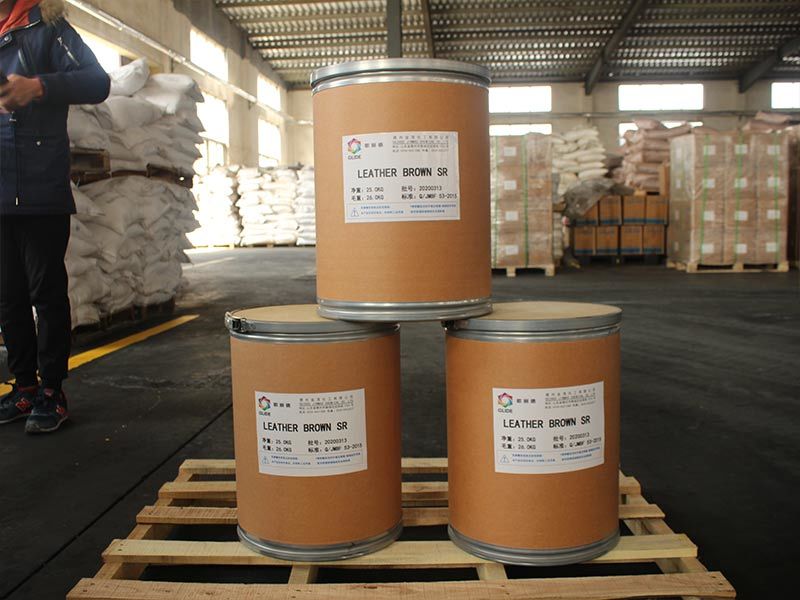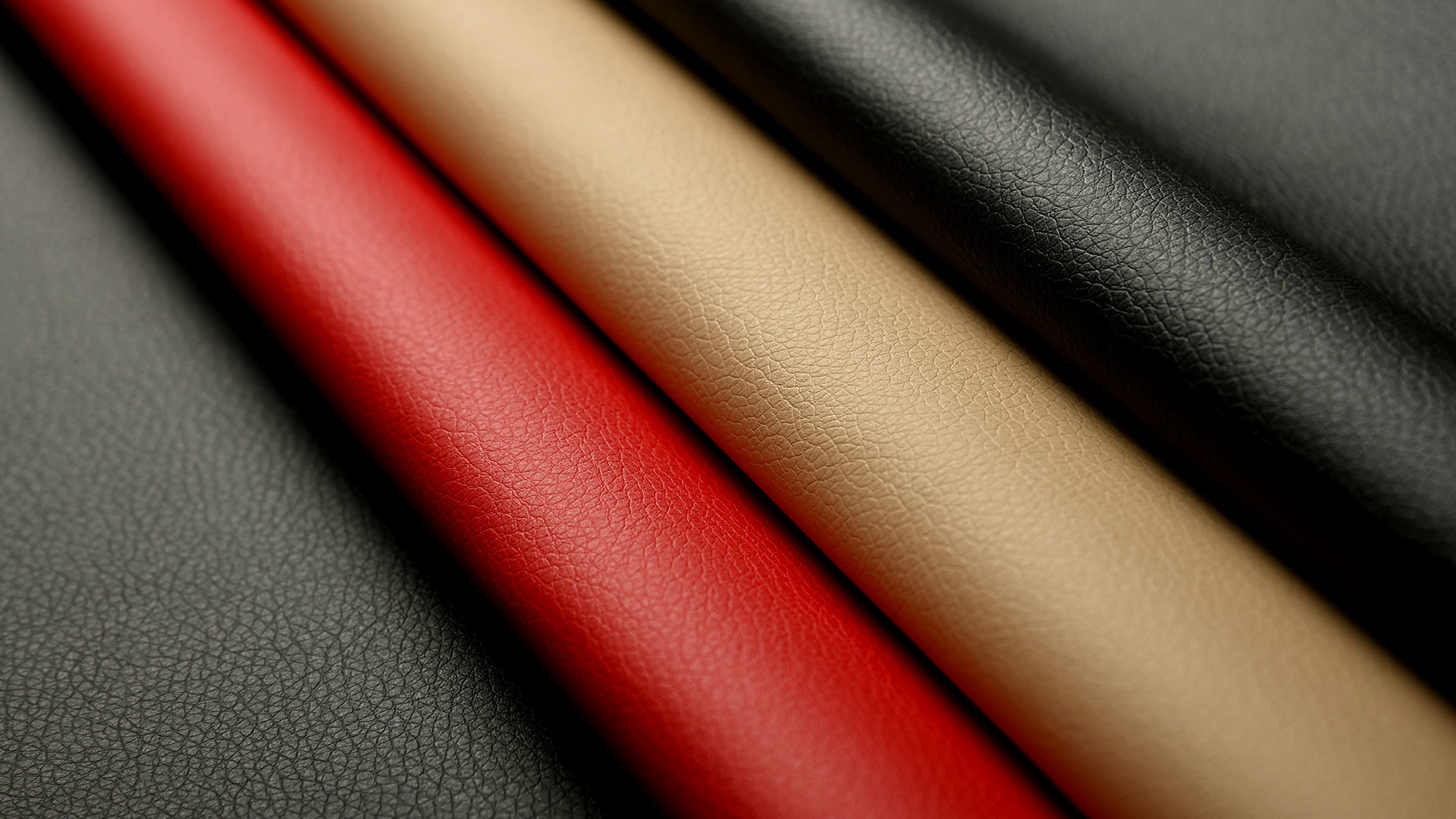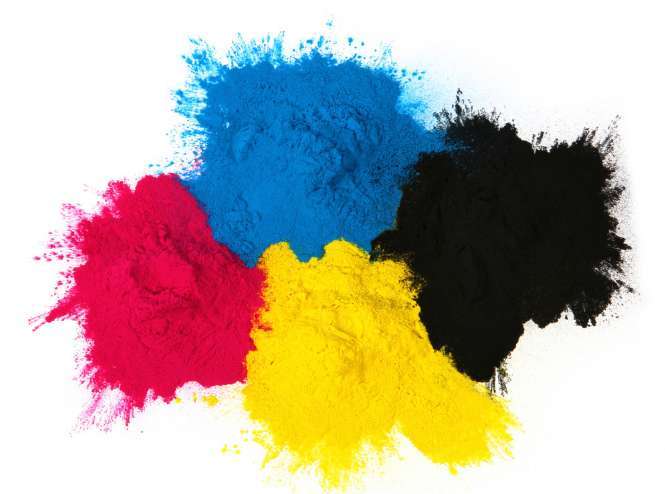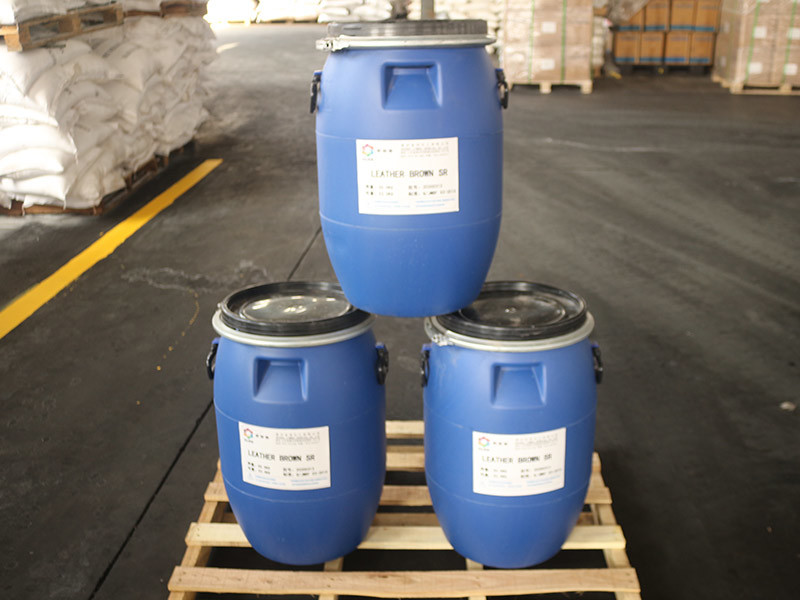How is leather dyeing done? Let's learn about it.
How is leather dyeing done? Let's learn about it.

Leather is a material found in nature, and each piece of leather has different thicknesses, textures, and fiber densities. Before making belts, belt factories need to change the color of the belt products. The popular process is called dyeing, and experienced leather dyeing craftsmen have different dyeing methods. How can we use leather dye to achieve the desired leather color effect? Now let's explain step by step:
1. Selection of leather dye
The selection of leather dye is the primary consideration. Generally, plant tannins and water-based leather dyes are chosen. Water-based leather dyes are easy to dilute and adjust the dye's intensity. Of course, the properties of the selected dye vary depending on the belt product.
Many skilled leather dyers in belt making will try dyeing experiments with small samples before the final product. Professional leather dyes for belts use water-soluble pigments that do not fade after drying. Some belt factories have inadequate leather dyeing processes, leading to fading issues because they did not pay attention to this process.
2. Surface treatment of leather
During the leather tanning process, a protective surface treatment agent is applied, so the leather surface is not clean, and a lot of dirt and dust can accumulate and cover the leather surface. Therefore, before dyeing, the leather surface must be cleaned to allow the dye to penetrate better into the leather surface.
A damp sponge and clean cotton cloth have good adsorption effects. When cleaning the leather surface, belt factories can absorb the dirt on the leather surface, restoring the leather's original color.
3. Handling dye density
The choice of dye production density and dyeing process in factories completely depends on the style of your belt product. If the color of the belt needs to be purchased first, a secondary dyeing method can be chosen to cover spots with dye; if the style of the belt is vintage, then the thickness of the dye can be used to dilute the dye density, and applying thin layers of dye in various ways can make the colored dye appear more saturated.
Of course, many leather dyeing masters in belt factories pay great attention to the use of mixed dyes. In the color blending of leather dyes, try to shake the leather dye bottle upside down and then stir it slightly with a stick; this way, the processed dye will be more uniform. When factory leather dyeing craftsmen coat the belt with a spray gun, the first layer of coating has already dried, so the second layer of dye must be applied and dyed in a timely manner. The order of the two leather coatings and dyeing is reversed. For example, if the first layer is completed with vertical strokes, then the second layer should be completed with horizontal strokes.
We are engaged in the research and production of leather dyes. If anyone wants to learn more about this topic, please feel free to contact us.
Latest developments






